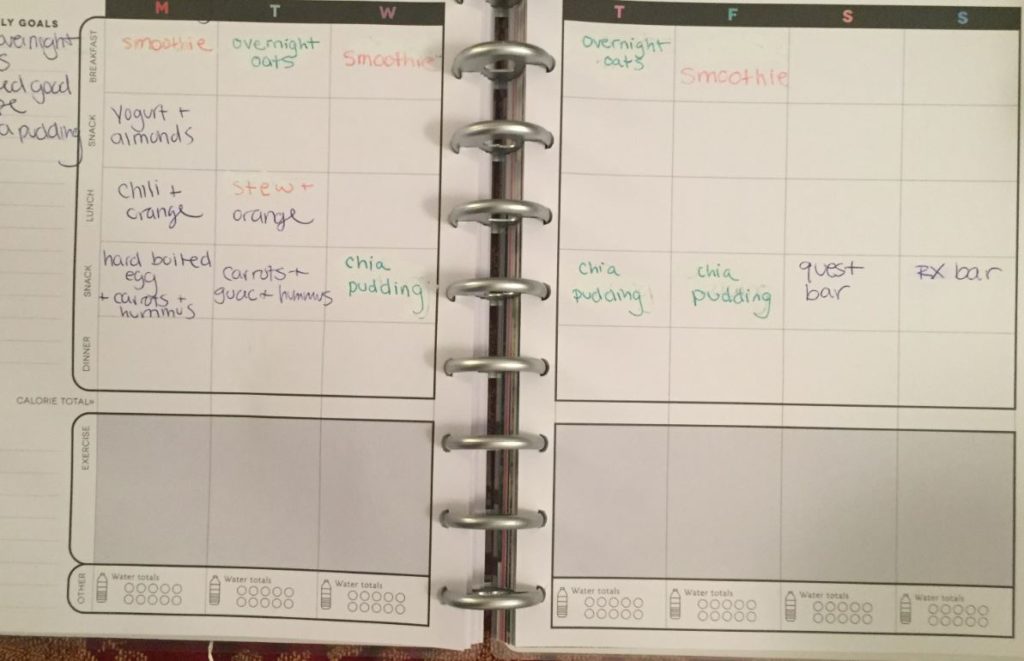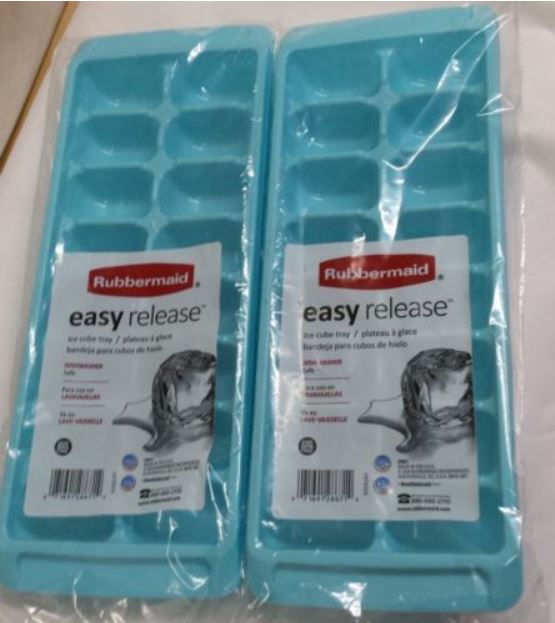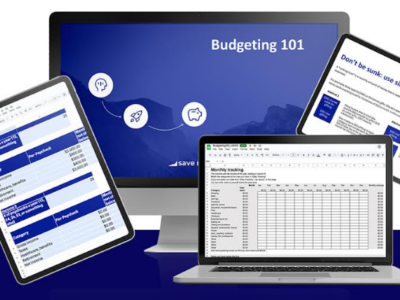I’m so honored to have my friend Alexandra Nasto guest blog for us in a 3-part post about healthy meal planning! Alexandra is #goals – I love learning from people who are successful at what they do. Find her on Instagram at @alexandramarie_tiu where she shares how she meal plans daily!
Part 1: How to Plan // Part 2: Cost Saving Tips // Part 3: Sample Menu
Why Eat Healthy?
There are so many ways to eat on the cheap, but when you toss in the word “healthy,” people tend to think it’s nearly impossible. Who has the money for organic produce, fresh meat and vegetables, and all of the ingredients needed to make every meal at home on a weekly basis (not to mention the time?).
For me, a former college athlete, nutrition and proper fuel is a priority. You’re probably familiar with the concept that junk food, while cheaper upfront, will cost tenfold in healthcare expenses down the line. Eating healthy isn’t just about a future investment in your health. It has real, long-lasting effects on your body, mood and well-being now, and it can be done within any budget you have.
My Journey
When I graduated and moved to New York City in 2013, my active lifestyle dramatically shifted. With a full-time publishing job, I had to make a serious effort to fit in exercise while learning to cook for myself, and that’s when I discovered Tone It Up, an online fitness and nutrition program. Their meal planning strategies, like setting aside one day to cook each week, helped me apply it to my busy new life and make it fun.
In 2017, I turned 25 and moved from a three-bedroom to my first one-bedroom apartment. I didn’t realize how much having roommates had kept my costs down, and I could no longer afford to skip meal prep on weeks I felt too busy. I immediately cut out takeout, deleted Seamless from my phone, and found ways to meet up with friends that didn’t revolve around food. I also started a new method of weekly meal planning that nearly cut by grocery bill in half.
Meal Planning
Here is the approach to meal planning that I’ve developed for myself. I always thought it would be impossible to save more on groceries while maintaining proper nutrition, but I still needed to shrink those costs even after I eliminated takeout and restaurants. I went from spending $70-$90+ a week to around $40 a week on average!
- Map out your weekly meals. My meal schedule is five meals a day, so I use a journal with this format (the Happy Planner from Michael’s). Find something that makes it easy and enjoyable! I don’t typically color code but here to break out the next steps.

- Fill in as many of the meal sections with items on hand (in black) like staples or leftover fresh ingredients, and from the freezer (in red). Some weeks will have more than others depending on what I have on hand.
- Then, fill in more spaces with “minimal prep” items, which are whole food items that require little to no time in the kitchen (in green). More on this later on!
- If you have lunch or dinner plans with friends or coworkers, you don’t have to give them up completely! Just plan them into your meal schedule (in brown) since even though it costs more money, it saves you from buying/prepping more food for that meal. I account for the costs of these meals out in my overall weekly “other” budget rather than my food budget.
- After doing this I typically only need about 2-3 new recipes for the week (which sounds so much more manageable than five meals a day!). I have a rotation of stand-by recipes that I know how to make, but I also aim to pick out at least one new recipe for the week. This is so important to avoid getting stuck in a rut and keep the takeout temptation at bay. (in purple)
- Only after you’ve done all of this, come up with your grocery list, and bring it along with you, sticking only to those items. I saw a dramatically reduced grocery bill week over week by doing this!
Most importantly, as mentioned above, this needs to be a sustainable weekly routine. I used to try to pack planning, shopping and cooking all into a single day, but if I had any other plans that day I’d end up running out of time and trying to catch up during the week, which always turned into buying meals out, which is an automatic overspending trap. Here are my top tips for how to make this work for you:
- Space this out over several days to allow time for other things, which will ultimately make this more sustainable. I write out my meals on Thursday or Friday, pick up groceries on Saturday, and cook on Sunday.
- If I have a busy weekend, I’ll still make sure to prioritize making my list, so I can just grab it and go to the store on Sunday, then get back to cook. When my list is ready, it’s harder to make excuses and procrastinate getting to the store, which is personally my biggest struggle on the weekends.
- Away the entire weekend and don’t have time to get ready for the week? I keep a list of no-prep items, as mentioned earlier, that I can build into at least a day’s worth of meals, or items that can be stored in the freezer or fridge in advance
- My favorites are hard boiled eggs, nuts, frozen veggies, smoothies, Ezekiel toast with nut butter, and oatmeal packet
- I will also save and freeze portioned leftovers for weeks like this as well.
Get the most out of Save My Cents by joining my Facebook group
See daily inspiration on Instgram @savemycents





